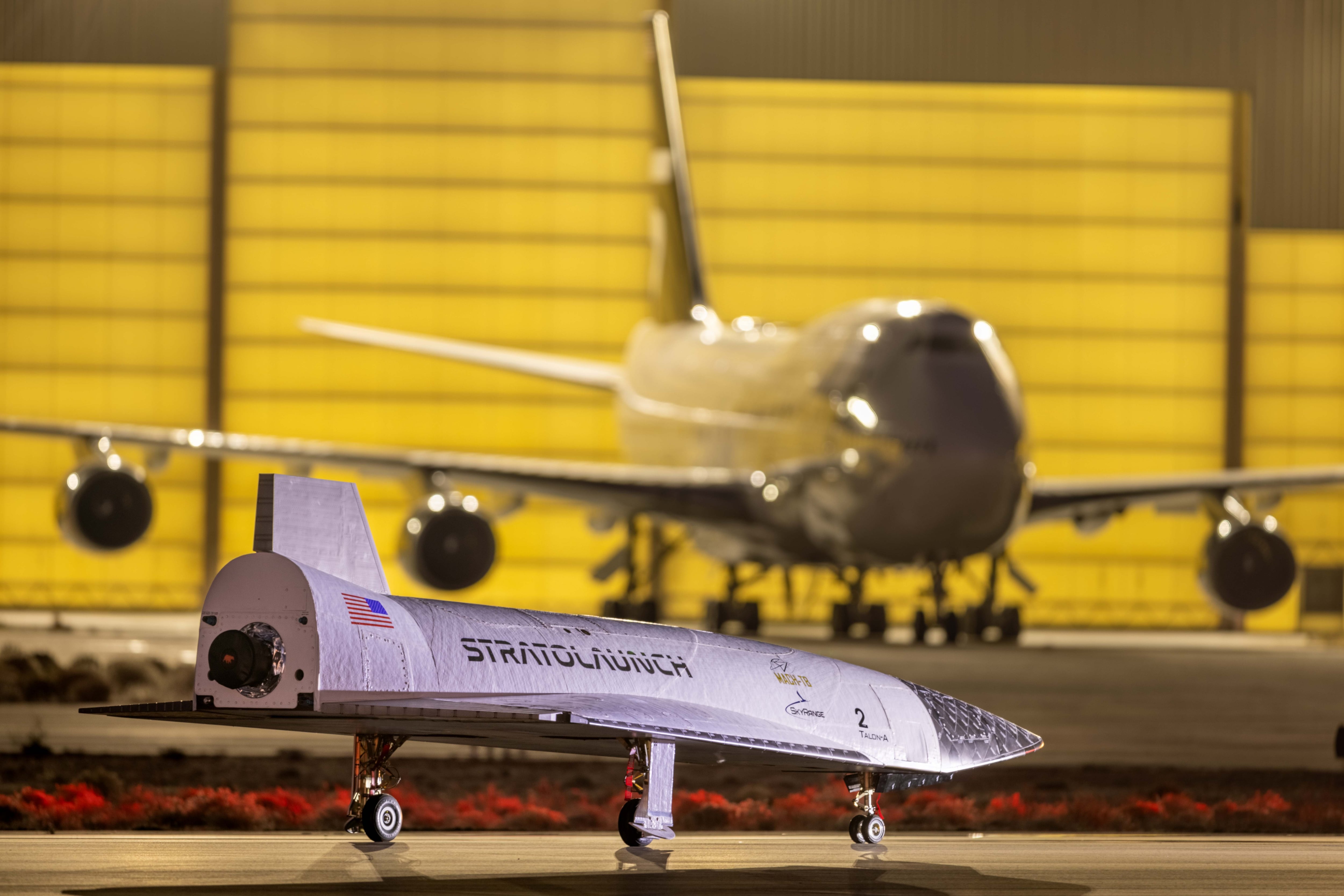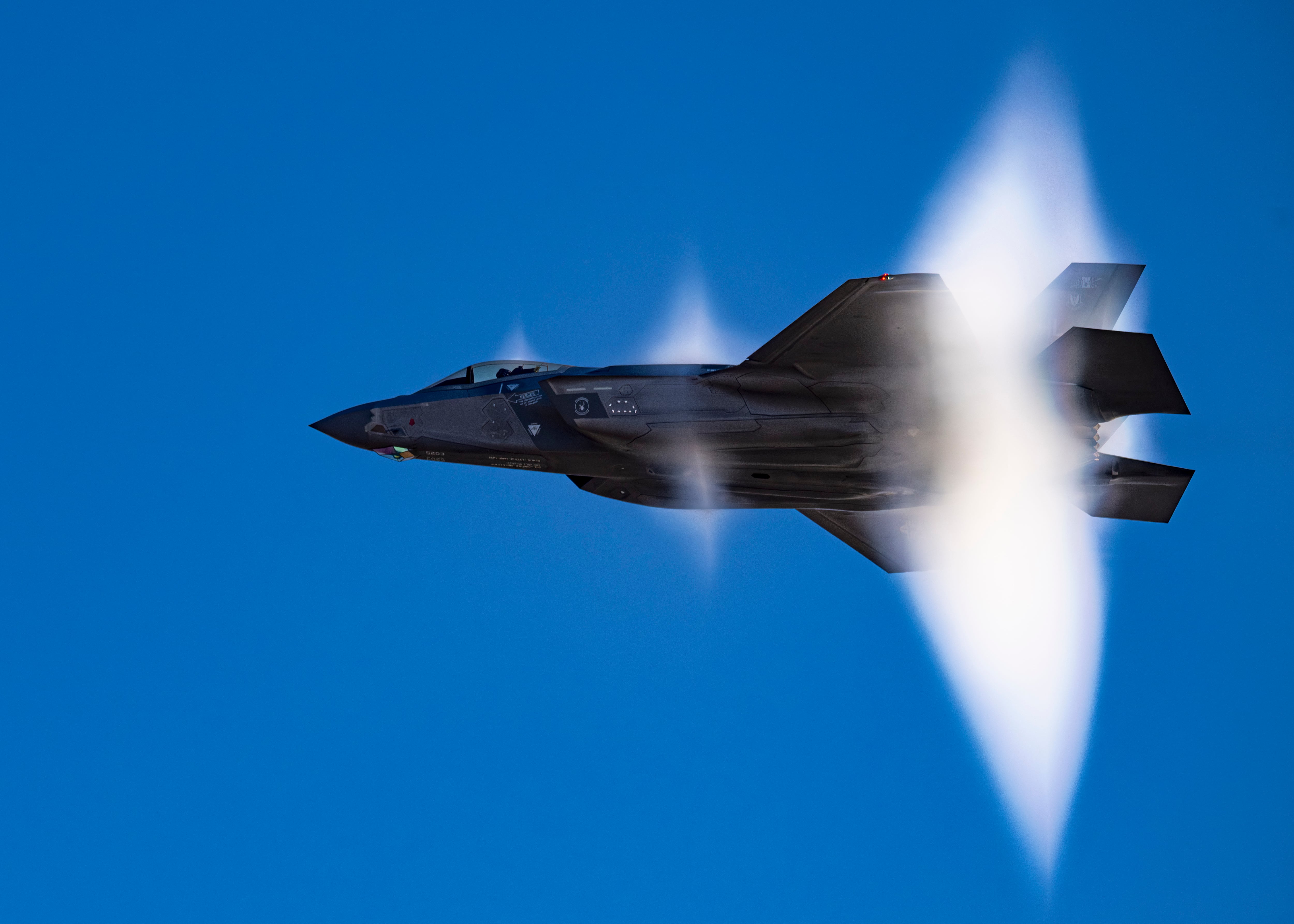PARIS — Two autonomous systems units of French technology company Gorgé Group have come together as a new entity to provide products and services as France looks to master the ocean floors.
iXBlue, a specialist in navigation, marine, and autonomous systems, and ECA Group, which builds robotic systems, unmanned vehicles and specialized naval equipment, will hereafter be known collectively as Exail, the company announced Tuesday at the biennial Euronaval trade conference here.
The alliance comes after iXBlue was acquired by ECA Group’s parent company Group Gorgé at the end of September. The two companies were frequent partners on developing and operating autonomous systems, going back to the early 2000s, said Dominique Giannoni, Exail CEO.
The new name is meant to convey the notions of “excellence” and “exploration,” while hinting at the word “sail” to represent the maritime domain, Giannoni told Defense News at Exail’s booth at the conference. The new company includes 1,500 people and €250 million (U.S. $246 million) in sales, he said.
The former separate entities’ portfolios will be merged going forward, including the DriX uncrewed surface vehicle built by iXBlue and the A-18D autonomous underwater vehicle (AUV) developed by ECA Group. The companies saw the most synergies between their respective technologies in the naval domain, representatives said on the show floor. With their merge, Exail is now able to cover the full supply chain, from components to the completed systems.
While Giannoni did not mention any new products on the horizon, he noted that the two companies are already well connected, with iXBlue inertial navigation solutions integrated on ECA Group AUVs. “In the future, we will continue to develop our products while bringing our technologies together,” he said.
iXBlue and ECA Group performed a demonstration of the collaboration between their two autonomous systems, the DriX USV and the A-18D AUV, during a September press tour organized by the French naval industries organization Groupement des Industries de Construction et Activités Navales, or GICAN.
In the harbor waters next to iXBlue’s facilities in La Ciotat, France, the two autonomous systems were deployed together and remotely operated from afar, with the A18D scanning the sea bed and gathering data, and the DriX providing live realignment to the A18D’s navigation systems, as well as faster data transmission by positioning itself above the underwater system. The DriX can track and guide multiple assets such as the A18D at one time, allowing operators to remain stationed further away on a mothership.
France has placed a sharp focus on the seabed as one of the final frontiers to defend against adversaries, who may seek to destroy critical infrastructure, with a new strategy released by the Ministry of Defense released earlier this year. The nation’s “France 2030″ plan includes €2 billion (U.S. $1.97 billion) for space and seabed exploration technologies, while the proposed 2023 defense budget earmarked €3.5 million (U.S. $3.44 million) for the seabed domain, as well.
The seabed strategy released in February calls for technologies that can allow the French navy to explore the seabed down to 6,000 meters. ECA Group developed the Ulyx AUV that can reach those depths, the company said.
While no program of record has launched as of yet, Exail is in discussions with the French navy regarding such technologies, Giannoni said.
ECA Group is a partner on the Belgian-Dutch rMCM mine countermeasures program, in a temporary joint venture with Naval Group under the name Belgian Robotics and Defense. Exail will continue that work, along with all other programs that iXBlue and ECA Group took part in, a representative confirmed to Defense News. On Tuesday at Euronaval, leaders from the three nations’ defense ministries announced they would collaborate on future mine countermeasure technology efforts.
Vivienne Machi is a reporter based in Stuttgart, Germany, contributing to Defense News' European coverage. She previously reported for National Defense Magazine, Defense Daily, Via Satellite, Foreign Policy and the Dayton Daily News. She was named the Defence Media Awards' best young defense journalist in 2020.








